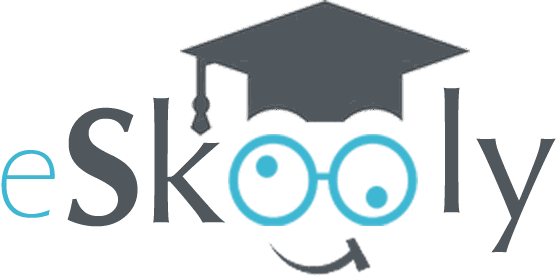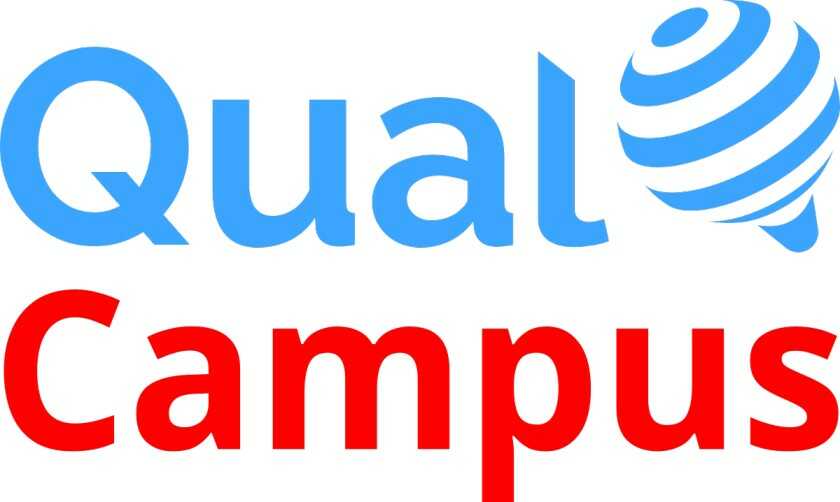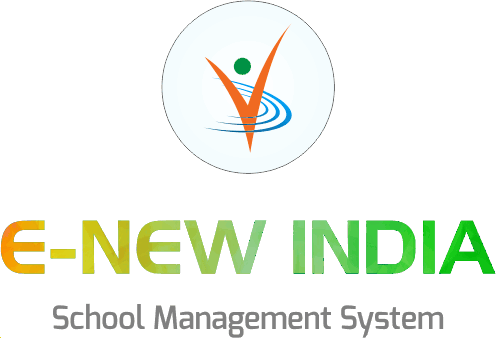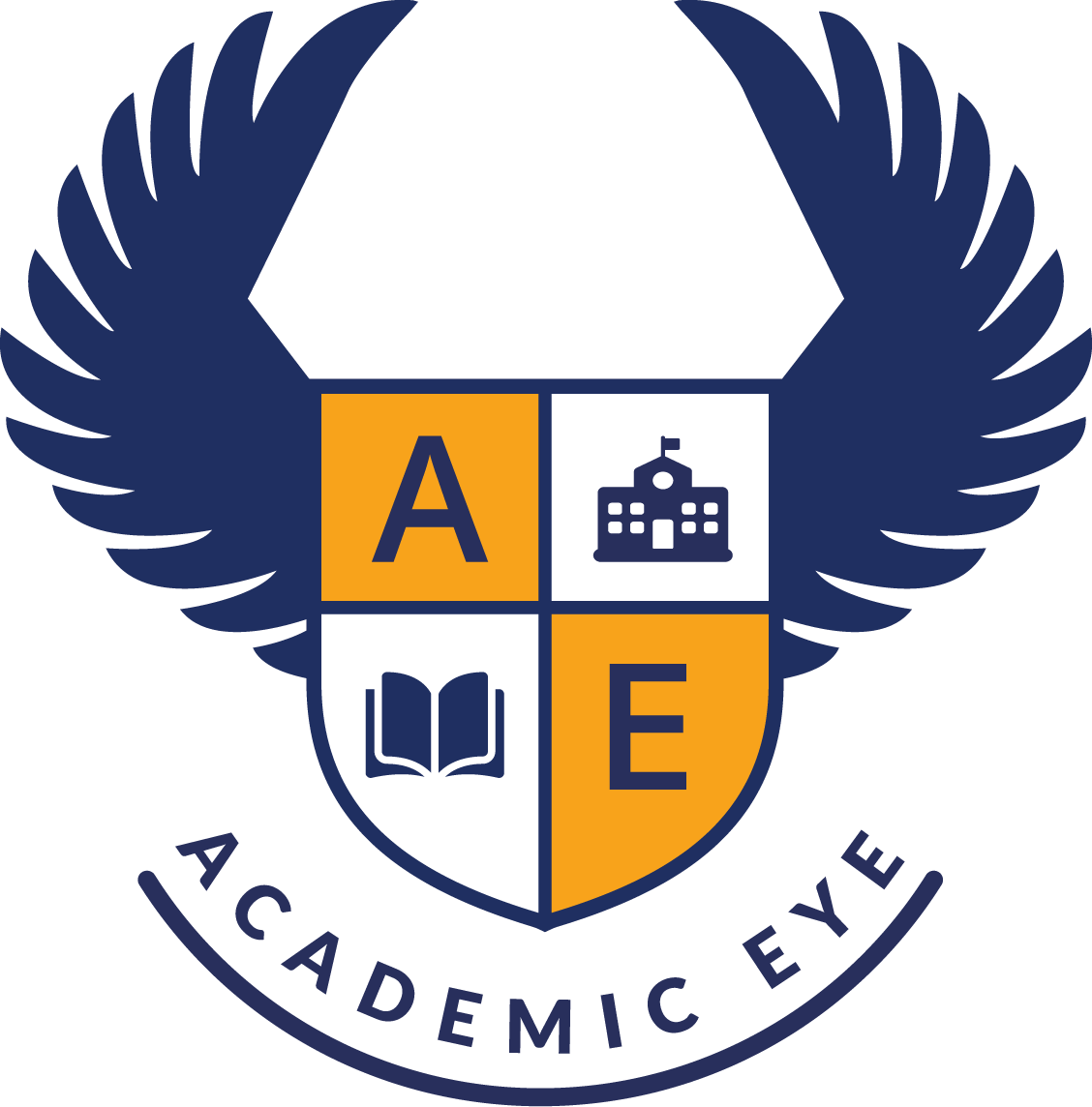Description

eSkooly

QualCampus
Comprehensive Overview: eSkooly vs QualCampus
eSkooly and QualCampus are both software solutions designed to streamline educational management processes, but they differ in their offerings, target markets, and specific features.
a) Primary Functions and Target Markets
eSkooly
- Primary Functions: eSkooly is an all-in-one school management system that offers features such as student information management, attendance tracking, grading, timetable management, fee management, and communication tools for teachers, parents, and students. It also has modules for library management, exam management, and transport management.
- Target Markets: The platform primarily targets small to medium-sized educational institutions, including schools and colleges. Its user-friendly interface is designed to cater to schools that seek a simple yet efficient solution for managing day-to-day administrative tasks.
QualCampus
- Primary Functions: QualCampus is a more comprehensive ERP (Enterprise Resource Planning) system tailored for educational institutions. It includes modules for managing student lifecycle (from admissions to graduation), human resources, financials, learning management, accreditation processes, and more. It integrates advanced analytics and reporting capabilities.
- Target Markets: QualCampus targets a broader spectrum of educational institutions, including K-12 schools, colleges, universities, and other educational training centers. It is suitable for larger institutions that require a robust system to manage complex administrative and academic processes.
b) Market Share and User Base
Both eSkooly and QualCampus operate in a competitive market for educational management systems. However, detailed figures regarding their market share and user base aren't typically disclosed publicly. Generally, eSkooly's simpler setup might attract a larger number of smaller institutions, while QualCampus's comprehensive nature might resonate more with larger institutions that require extensive functionalities.
c) Key Differentiating Factors
-
Complexity and Scale:
- eSkooly is designed for easier use and implementation, which makes it an attractive choice for smaller schools with limited technical infrastructure or personnel.
- QualCampus, on the other hand, offers a more intricate suite of features tailored to handle diverse and complex institutional needs, making it more suitable for larger organizations.
-
Customization and Flexibility:
- QualCampus tends to provide greater customization options due to its ERP nature, allowing institutions to tailor the system extensively to fit their unique processes.
- eSkooly, while customizable, is more rigid compared to QualCampus but compensates by being easier to set up and use out-of-the-box.
-
Pricing Model:
- eSkooly typically offers a subscription-based model that is affordable for smaller institutions with limited budgets.
- QualCampus might have a more flexible pricing structure, potentially including licensing fees or custom quotes based on the size and complexity of the implementation.
-
Integration Capabilities:
- QualCampus usually offers more extensive integration options with other systems such as financial software, CRMs, and learning management systems.
- eSkooly focuses on providing essential integrations needed by smaller institutions.
In summary, both eSkooly and QualCampus aim to simplify educational administration, but eSkooly does so with a focus on small to medium-sized schools with straightforward needs, whereas QualCampus offers a full-scale ERP solution catering to complex organizational needs of larger educational institutions. The choice between them would likely depend on the size, complexity, and specific requirements of the educational institutions seeking such solutions.
Contact Info

Year founded :
2016
+44 346 020 4447
Not Available
United Kingdom
http://www.linkedin.com/company/eskooly

Year founded :
Not Available
Not Available
Not Available
Not Available
Not Available
Feature Similarity Breakdown: eSkooly, QualCampus
To provide a feature similarity breakdown for eSkooly and QualCampus, let's delve into their core features, user interfaces, and unique offerings. Please note that the exact feature sets and interfaces can vary as these platforms may update their features over time.
a) Core Features in Common
Both eSkooly and QualCampus are educational management platforms designed to streamline school administration processes. The core features they typically have in common include:
-
Student Information Management:
- Record and manage student data, including personal details, academic performance, and attendance.
-
Attendance Tracking:
- Automated attendance systems for both students and faculty.
-
Grade and Exam Management:
- Tools for grading exams, generating report cards, and tracking academic performance.
-
Timetable Management:
- Scheduling features for creating and managing class timetables efficiently.
-
Fee Management:
- Modules to manage student fees, payments, and billing processes.
-
Communication Tools:
- Notifications, messaging, and communication tools for interaction between teachers, students, and parents.
-
Library Management:
- Systems to manage library resources, issue books, and track returns.
-
Report Generation:
- Capabilities to generate various reports related to student performance, attendance, and financials.
b) User Interface Comparison
While specific user interface (UI) designs can be subjective and vary with updates, generally speaking:
-
eSkooly:
- eSkooly tends to focus on simplicity and functionality, providing a clean and straightforward interface that is easy for users to navigate. It often emphasizes quick access to core functionalities to improve user experience.
-
QualCampus:
- QualCampus often offers a more robust and feature-rich interface with a comprehensive dashboard. It is designed to cater to larger educational institutions that require more detailed data analysis and reporting. The interface may seem more complex initially but provides extensive customization options.
c) Unique Features
-
eSkooly:
- Mobile App Support: eSkooly often emphasizes mobile connectivity, offering a dedicated app that allows students, teachers, and parents to access information on the go.
- Customization and Integration: Might provide easier customization options for small to medium-sized educational institutions and better integration with third-party services.
-
QualCampus:
- Advanced Analytics: QualCampus may offer more advanced analytics and business intelligence tools that help institutions derive insights from data.
- Customizable Modules: Often provides highly customizable modules to cater to specific needs of large universities and diverse educational programs.
- Extensive Support for Higher Education: Features tailored specifically for higher education, like research project management, may be more prominent in QualCampus.
These unique features are generally what set one product apart from the other, catering to slightly different segments within the educational sector. When choosing between them, educational institutions should consider their specific needs, size, and the complexity of their operations. Always consult the current product documentation or speak with representatives from each company for the latest and most accurate information.
Features

Teacher Tools
Parental Engagement
Student Management
Administrative Efficiency

Communication Tools
Course Management
Student Management
Best Fit Use Cases: eSkooly, QualCampus
eSkooly and QualCampus are both school management solutions designed to streamline educational operations, but they cater to different needs and scopes within the education sector. Here’s a breakdown of their best fit use cases:
eSkooly
a) Best Fit Use Cases for eSkooly:
-
Small to Mid-Sized Educational Institutions:
- eSkooly is ideal for smaller schools, colleges, and training centers that are looking for an affordable and easy-to-implement solution. Its focus on simplicity and core features makes it perfect for institutions that need basic management functionalities without the complexity and cost of larger systems.
-
Institutions with Limited IT Resources:
- Schools that do not have a dedicated IT department would benefit from eSkooly’s user-friendly interface and straightforward setup. It is designed to be easy to navigate even for users who are not tech-savvy.
-
Remote and Hybrid Learning Environments:
- eSkooly offers tools that support online learning and communication, making it a good fit for educational institutions that have embraced remote or hybrid models due to its integration capabilities with virtual learning environments.
QualCampus
b) Preferred Scenarios for QualCampus:
-
Large Educational Institutions and Universities:
- QualCampus is well-suited to large institutions and universities that require a comprehensive and scalable solution. Its extensive set of features accommodates the complex needs of big organizations, including large student populations and diverse academic programs.
-
Institutions Seeking Extensive Customization:
- Schools that require extensive customization to match their specific administrative processes will find QualCampus preferable, as it offers more flexibility and customizable modules to tailor the software to their unique needs.
-
Institutions Requiring Advanced Features:
- For schools that need advanced features such as integration with learning management systems, extensive reporting capabilities, and detailed analytics, QualCampus provides a robust set of tools that can handle these complex requirements effectively.
d) Catering to Different Industry Verticals or Company Sizes:
-
eSkooly:
- Industry Verticals: Primarily caters to educational institutions, including K-12 schools, colleges, and coaching centers.
- Company Sizes: Suited for small to medium-sized institutions, providing essential features without overwhelming costs or complexity.
-
QualCampus:
- Industry Verticals: While mainly targeted towards education, QualCampus can also be advantageous for vocational schools, universities, and specialized training centers needing a wide range of functionalities.
- Company Sizes: Ideal for large-scale institutions with a significant number of students and staff. Its scalability makes it a strong choice for organizations that anticipate growth or handle complex administrative structures.
In summary, eSkooly is best suited for smaller educational entities looking for simplicity and cost-effectiveness, while QualCampus is more fitting for larger institutions requiring extensive features, customization, and scalability.
Pricing

Pricing Not Available

Pricing Not Available
Metrics History
Metrics History
Comparing undefined across companies
Conclusion & Final Verdict: eSkooly vs QualCampus
To provide a comprehensive conclusion and final verdict for eSkooly and QualCampus, let's evaluate them based on the various factors that impact their overall value, pros and cons, and provide specific recommendations for potential users:
a) Overall Value
eSkooly:
- Pricing: Often priced lower than other comprehensive solutions, making it more attractive to smaller institutions or those with limited budgets.
- Features: Provides essential tools for managing educational institutions with basic functionalities. However, more advanced features might be limited.
- Usability: Generally user-friendly and straightforward, which is good for institutions that may not have dedicated IT staff.
QualCampus:
- Pricing: Tends to be mid-range to premium, reflecting its broader set of features.
- Features: Offers a more robust and comprehensive suite of tools, including advanced analytics, reporting, and customizability options.
- Usability: Designed for scalability, suitable for larger institutions with complex needs.
Verdict:
- Best Overall Value: QualCampus offers the best overall value for institutions seeking a comprehensive solution with advanced functionalities and the ability to scale. Its robust feature set supports larger or growing institutions well. However, for smaller schools looking for essential features at a lower cost, eSkooly is a viable option.
b) Pros and Cons
eSkooly:
-
Pros:
- Cost-effective, suitable for small to mid-sized institutions.
- User-friendly interface that requires minimal training.
- Quick deployment with essential features for basic administration needs.
-
Cons:
- Limited advanced features and scalability.
- May lack customization options and specialized modules for specific needs.
- Can fall short in supporting larger institutions with complex requirements.
QualCampus:
-
Pros:
- Comprehensive functionality that includes advanced analytics and reporting.
- Highly scalable and customizable, catering to large institutions.
- Strong support and regular updates to adapt to emerging educational needs.
-
Cons:
- Higher cost, potentially a barrier for smaller institutions.
- May require more training and resources to fully utilize its capabilities.
- Implementation and customization can be time-consuming.
c) Recommendations
-
For Small Institutions: Consider eSkooly if budget constraints are a concern and if the institution requires only basic administrative functionality. Ensure the platform covers all essential features needed for your operations.
-
For Large Institutions: QualCampus is the recommended choice, particularly if the school needs advanced features, flexibility, and the ability to handle increasing complexity in operations.
-
For Growing Institutions: Those anticipating growth should weigh long-term needs against initial cost savings. QualCampus, with its scalability, might provide a better long-term solution even if initial costs are higher.
-
Final Consideration: Evaluate the specific needs and constraints of the institution, including budget, size, feature requirements, and growth plans. Engaging with trial versions or detailed product demonstrations could aid in making an informed decision tailored to institutional needs.
Add to compare
Add similar companies



